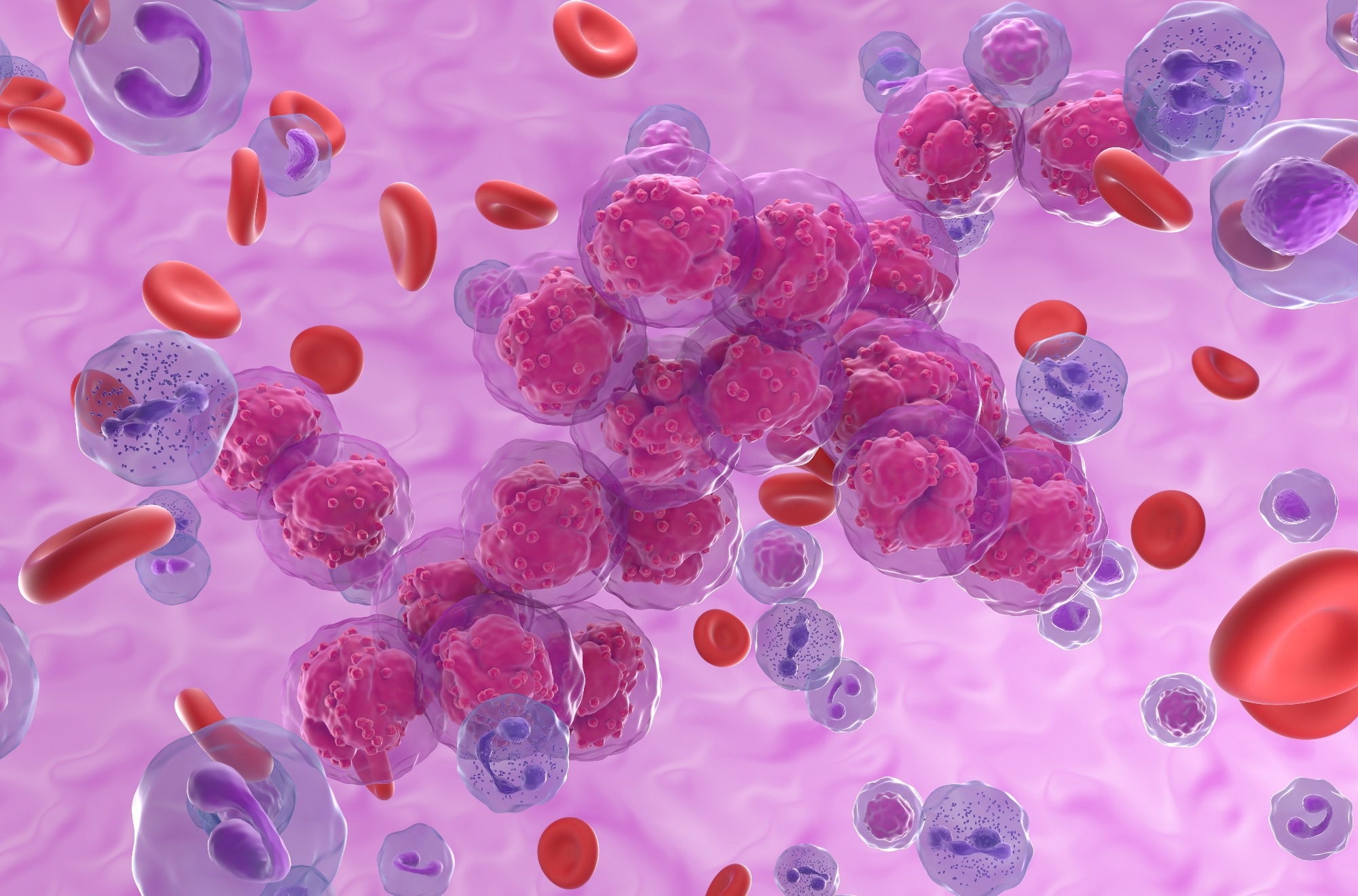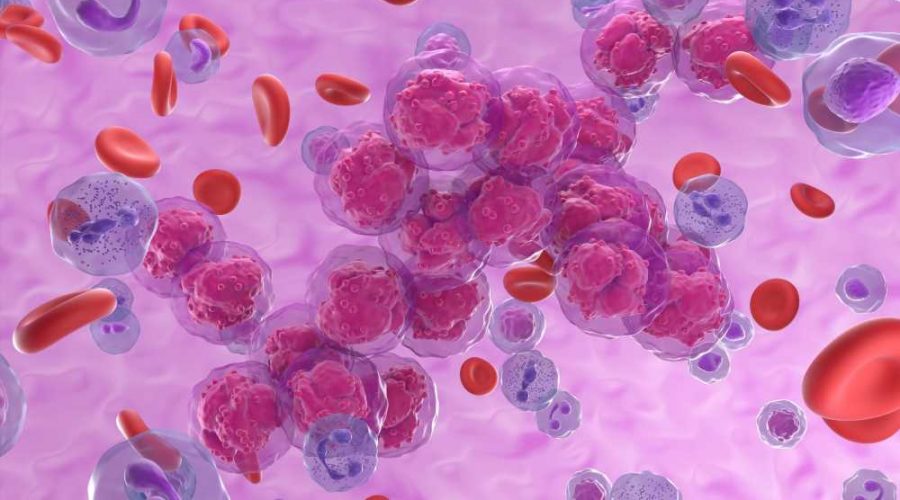Unconventional oil and gas development exposure increases the risk for acute lymphoblastic leukemia in children
A recent study published in Environmental Health Perspectives assessed the associations between residential proximity to unconventional oil and gas development (UOGD) and acute lymphoblastic leukemia (ALL) risk.

Background
Childhood ALL is a hematologic malignancy due to immature B cells and, less commonly, T cells. ALL accounts for approximately 80% of leukemia cases in children and 20% to 30% of cancers in children. ALL incidence peaks in kids aged two to four years, indicating that environment in early life is etiologically significant.
While the overall incidence of cancer is declining in the United States (US), childhood ALL incidence has been increasing, emphasizing the importance of primary prevention. UOGD, commonly known as hydraulic fracturing or fracking, is a complex process that could potentially release chemical and radiologic contaminants into the air and water.
Numerous chemicals have been used in the fracking fluid or detected in wastewater, with some implicated in leukemia. Suspected and known carcinogens include radioactive material, heavy metals, polycyclic hydrocarbons, and volatile organic compounds. The potential for children living in the vicinity of UOGD for exposure to carcinogens is a public health concern.
About the study
The present study evaluated the association between UOGD exposure and ALL risk in children. A population-based case-control study was conducted in the Commonwealth of Pennsylvania (PA). Children aged two to seven years diagnosed with ALL between 2009 and 2018 were included in the study. ALL cases were identified from the PA state cancer registry by the PA Department of Health personnel. Five controls were randomly selected for each case.
The authors obtained permit and production datasets from the Office of Oil and Gas Management under the PA Department of Environmental Protection and created a dataset of location, permit, and production of UOG wells. Data were cleaned and checked for quality, and the final dataset comprised 9578 active coalbed methane, oil, gas, and combined gas and oil wells in unconventional formations.
Birth addresses were used to assign exposures using inverse distance-squared weighted (ID2W) well counts. Two etiologically significant exposure windows were selected: 1) primary window, namely, three months before conception to one year before (ALL) diagnosis, and 2) perinatal window, i.e., three months before conception to birth. ID2W was calculated with buffer sizes of 2, 5, and 10 km.
Additionally, a flow-direction metric, i.e., inverse distance (IDups) or the water pathway-specific metric, was calculated. IDups was based on land-surface topology and used to identify water as a route of UOGD exposure. Community-level socioeconomic and demographic data were obtained from the US 2000 and 2010 Decennial Census.
The association between UOGD exposure and the risk of all was estimated using odds ratios (ORs) and 95% confidence intervals that were computed using unconditional logistic regression. Separate models were constructed for each metric, buffer size, and primary and perinatal windows. Two types of models were generated – minimally adjusted (adjusting for the birth year alone) and parsimonious (using covariates that change ORs by 10% or more) models.
Findings
The (final) analytic dataset included 405 ALL cases and 2080 controls. Cases and controls were similar in gestational age, sex, birth weight, delivery mode, educational attainment of mothers, and median household income. Most mothers (91%) were non-Hispanic and White, and a higher proportion of White mothers (81%) was evident among cases. The proportion of Black mothers among cases was significantly small.
Around 85% to 98% of the study population was not exposed to UOGD. Approximately 58% of cases moved to new places between birth and ALL diagnosis, with a mean distance of 9.02 km. With the ID2W metric and primary window, ORs were elevated for individuals living within 2, 5, or 10 km of UOGD. When models were adjusted for the birth year, the odds of ALL increased 1.98 times in children with one UOG well within 2 km of birth residence, relative to those without UOG wells.
With the perinatal window, estimates were larger by 20% to 40% in magnitude than those for the corresponding buffer size using the primary window. The authors found 2.8 times increased odds of developing ALL in children living within 2 km of UOGD. In the minimally adjusted model, ORs were elevated for children within 5 or 10 km of UOGD. In the parsimonious models, children living within 2 km had 2.35-fold higher odds of developing ALL.
Using the water-pathway specific metric produced similar results as those with the ID2W metric for the primary and perinatal exposure windows, with increased odds of developing ALL among children living near UOGD.
Conclusions
In conclusion, the study found that children living near UOGD had (up to) two to three times elevated odds of developing ALL. The magnitude of the association was the highest among children during the perinatal period residing within 2 km of UOGD. These findings add to the growing evidence of the adverse impacts of UOGD on children’s health.
- Clark CJ, Johnson NP, Soriano M, et al. (2022). Unconventional Oil and Gas Development Exposure and Risk of Childhood Acute Lymphoblastic Leukemia: A Case-Control Study in Pennsylvania, 2009–2017. Environmental Health Perspectives. doi: 10.1289/EHP11092 https://ehp.niehs.nih.gov/doi/10.1289/EHP11092
Posted in: Medical Science News | Medical Research News | Disease/Infection News
Tags: Acute Lymphoblastic Leukemia, Birth Weight, Cancer, Chemicals, Children, Conception, Leukemia, Public Health

Written by
Tarun Sai Lomte
Tarun is a writer based in Hyderabad, India. He has a Master’s degree in Biotechnology from the University of Hyderabad and is enthusiastic about scientific research. He enjoys reading research papers and literature reviews and is passionate about writing.
Source: Read Full Article
